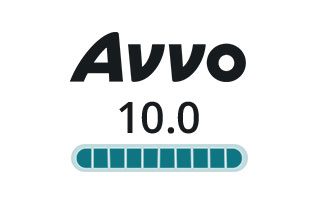Last time, our blog discussed the importance of hospitals having good interpreters at the ready to help accurately translate arcane medical information between the patient and provider.
To summarize, good interpreters — meaning those with extensive training — can help eliminate the risks posed by having family members serve as the primary mode of communication, all but eliminating the possibility of medical errors by literally preventing something from being lost in translation.
While many hospitals have responded to this issue by offering over-the-telephone translation services, experts indicate that even this is sometimes less than ideal given that the interpreter can’t see what’s happening, again creating the possibility of medical mistakes occurring.
As for the possibility of having in-person translators, the best possible option, many hospitals are simply unable to cover the cost, which can reach as high as $70 per hour plus travel expenses.
Interestingly, at least one hospital here in the Pittsburgh metro area is taking a unique and cost-effective approach to this issue that may serve as a model to hospitals across Pennsylvania and around the nation.
The Monroeville-based hospital is now using an iPad equipped with a program called “Language You See,” that is designed to provide real-time interpreting services over the Internet.
With just a few taps of the finger, both hospital staff and patients can be put in live visual and audio contact with a professional interpreter at any time of the day. The software, which is being used in the emergency department and radiology department, provides services in 200 languages and sign language.
“In the instant that you touch the language or American Sign Language, the person is right there ready to interpret, either sitting with their headphones on or already signing ‘hello,'” said one hospital official.
This service truly represents the best of both worlds, as the hospital is able to prevent missed diagnoses, prescription errors or other types of medical mistakes attributable to interpreter errors in a manner that is both readily accessible and affordable. Let’s hope more hospitals follow suit.
Source: WESA, “Forbes Hospital using new software to bridge language barriers,” Julian Routh, Oct. 13, 2014





Leave a Reply